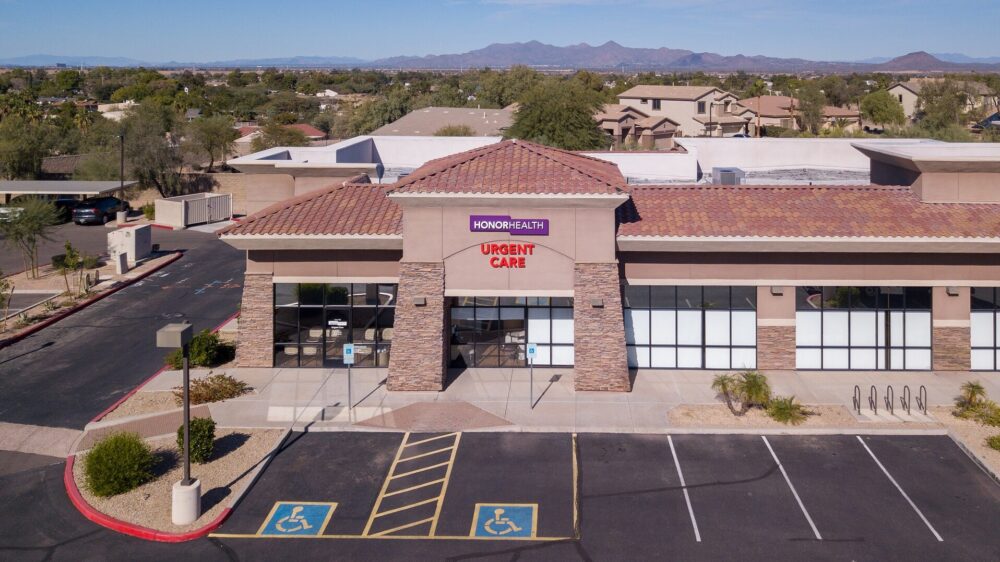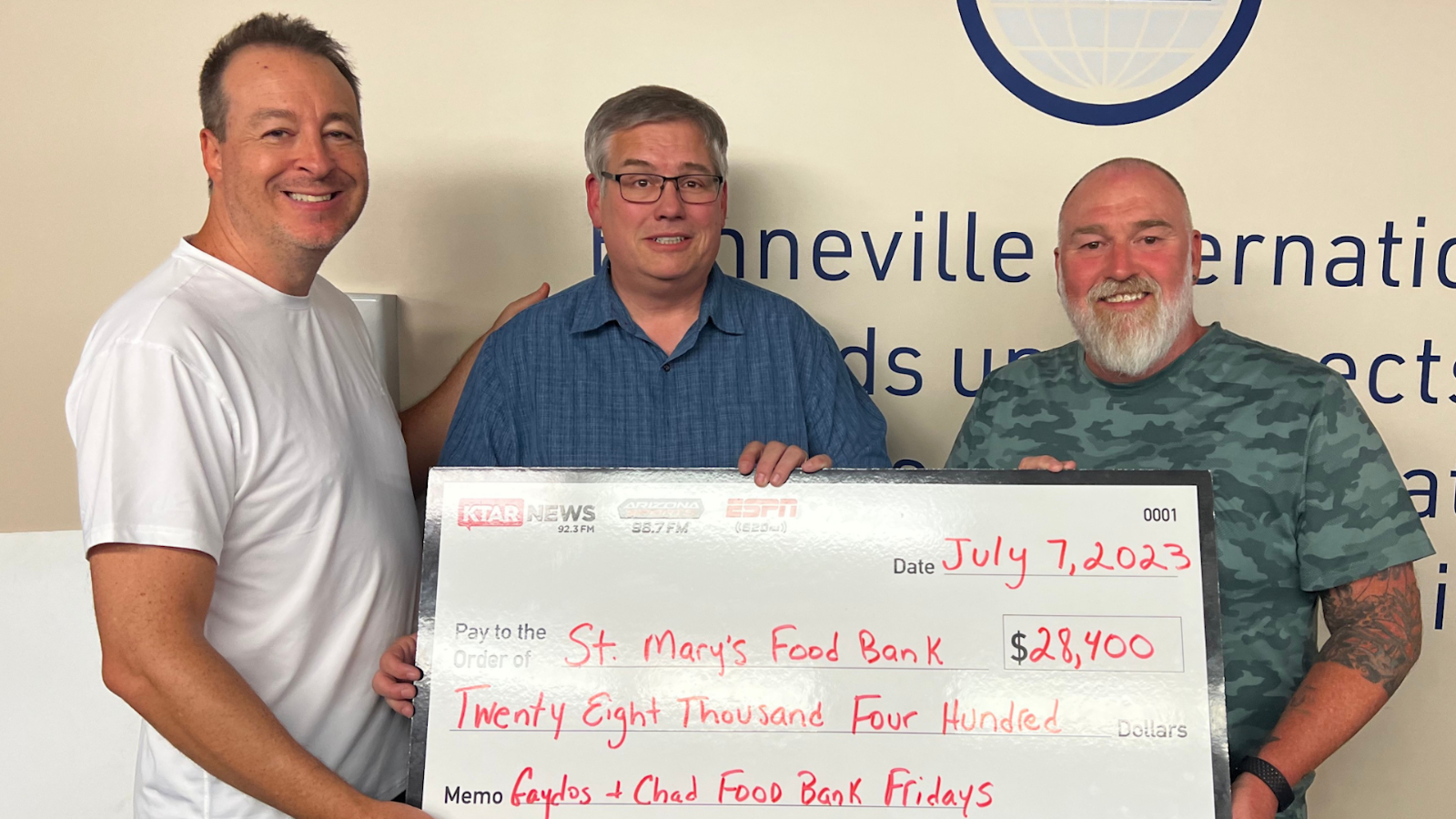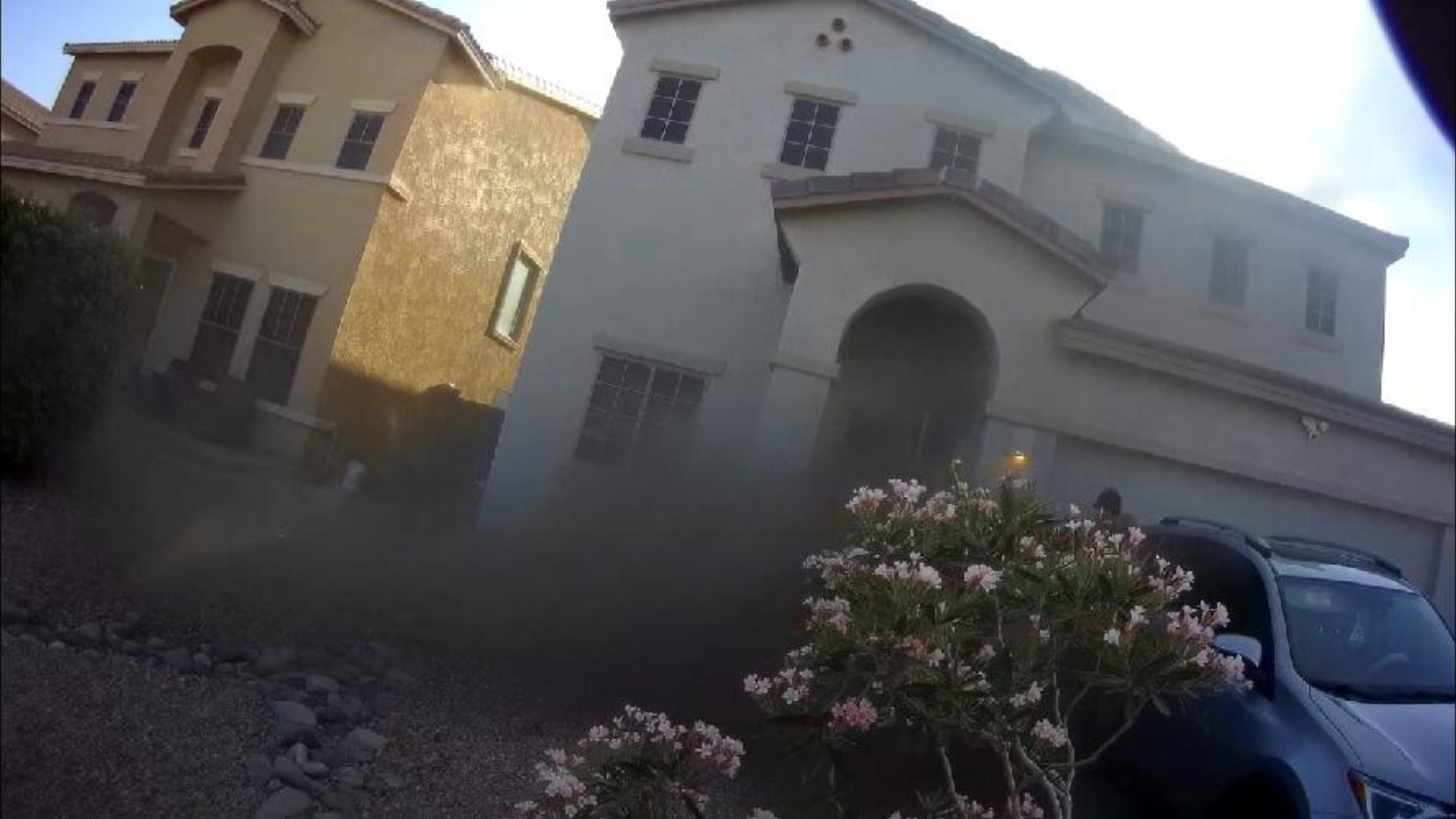Q&A: Why have rural hospitals been closing?
May 1, 2015, 4:31 AM
JEFFERSON CITY, Mo. (AP) — There are more than 4,700 hospitals in the U.S, spread about evenly between urban and rural areas. But that number has been dwindling.
More than 100 hospitals have closed since 2010, and the pace has quickened in the past couple of years. Hospitals are closing at about the same rate in urban and rural areas, but health care analysts say the effect often is more pronounced in small towns, where residents typically must travel farther to get to the next nearest hospital.
Some answers to common questions about hospital closings:
___
WHAT IS A RURAL HOSPITAL?
According to federal definitions, rural hospitals are those not located in metropolitan areas. But some hospitals in metro areas also are considered rural, if they are in census tracts with low population densities and longer commutes.
Rural hospitals typically have emergency rooms and inpatient care, but they often lack some of the services of city hospitals, such as intensive care and psychiatric units or chemotherapy and hospice services.
Rural hospitals also tend to be smaller. While about 75 percent of urban hospitals have more than 100 patient beds, just 12 percent of rural hospitals are that large, according to the Rural Health Research Program at the University of North Carolina. It says a typical rural hospital has 25 beds and averages seven patients a day. Rural hospitals have a median profit margin of 2.7 percent, just half that of urban hospitals.
___
HAVE RURAL HOSPITALS FACED TROUBLES BEFORE?
Yes. About 440 rural hospitals closed during a roughly 15-year period starting in 1983. The closures came after the federal government instituted a new Medicare payment system that provided hospitals with a predetermined, fixed amount for each service. For some low-volume rural hospitals, the payments weren’t enough to stay open.
A 1997 federal law created a new category of critical access hospitals, which are located in rural areas without other nearby hospitals. Such hospitals are paid by Medicare based on their reasonable costs. The law has been tweaked several times, and more than half of rural hospitals now are designated as critical access facilities. The National Rural Health Association says the critical access designation helped stem the tide of rural hospital closures during the first decade of the 2000s.
___
WHY ARE RURAL HOSPITAL CLOSURES INCREASING AGAIN?
Some hospitals have had trouble recovering from the recession, which increased the number of uninsured patients.
Residents in rural areas also tend to be older and sicker than those in cities and less likely to be covered by private insurance, which pays a higher reimbursement rate than the government-funded Medicare and Medicaid programs, said George Pink, deputy director of the University of North Carolina’s Rural Health Research and Policy Analysis Center.
As a result, many rural hospitals have been hit harder by federal Medicare budget cuts and provisions of President Barack Obama’s health care law, which also reduced Medicare payments. The framers of that law assumed the cuts would be offset as more people gained private insurance or were added to Medicaid rolls. But 21 states have declined to expand Medicaid eligibility.
Poor management decisions also have played a role in the problems facing some rural hospitals, said Keith Mueller, director of the Center for Rural Health Analysis at the University of Iowa. Some rural hospitals have had difficulty forming partnerships with other hospitals, a move that could have reduced costs.
___
WHAT CAN BE DONE?
States have had mixed results in their efforts to aid struggling hospitals.
St. James Mercy Hospital in Hornell, New York, remains open largely because of state grants and loans. As part of its restructuring, the hospital is scaling back its patient beds and discontinuing its maternity service.
After three rural hospitals closed, Georgia Gov. Nathan Deal’s administration announced rule changes last year allowing struggling rural hospitals to eliminate inpatient beds and offer only emergency care and a few outpatient services. But no hospitals signed up for the plan. A committee appointed by Deal recently recommended another approach — a “hub and spoke” pilot program pairing four rural hospitals with other providers in their areas.
Ultimately, rural hospitals might need to redefine themselves, said Brock Slabach, senior vice president of the National Rural Health Association. They may need to convert from inpatient to outpatient surgical centers, perhaps offering care for only 10 to 24 hours, he said. Rural facilities also could offer a variety of post-hospital services, such as in-home monitoring.
“We don’t have all the answers right now,” Slabach said. “We need to have some experimentation.”
___
Follow David A. Lieb at: https://twitter.com/DavidALieb
Copyright © The Associated Press. All rights reserved. This material may not be published, broadcast, rewritten or redistributed.









